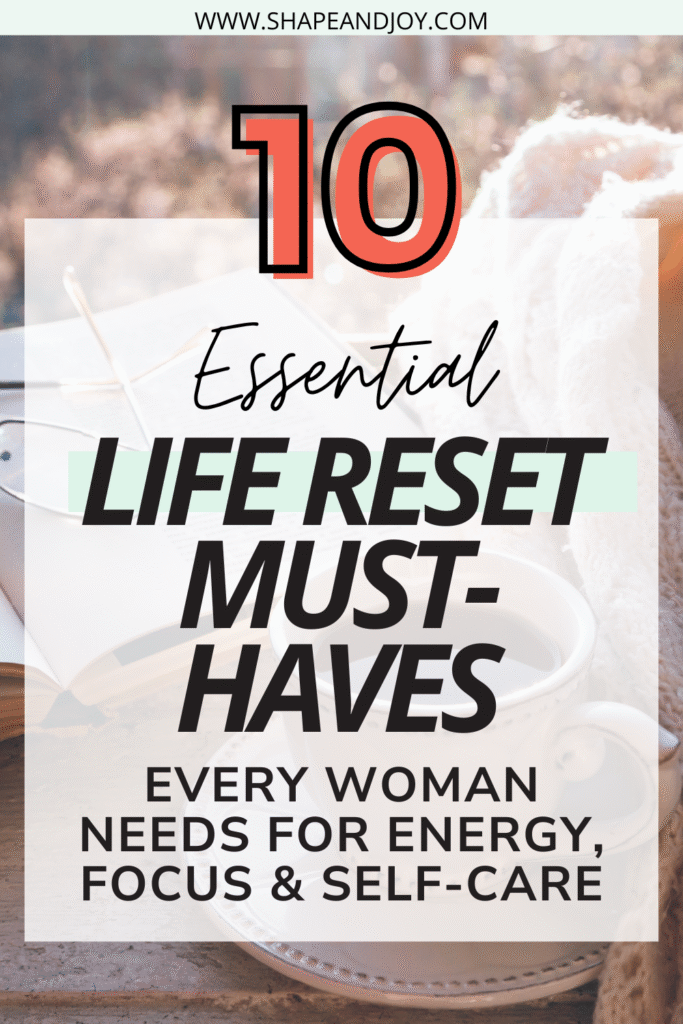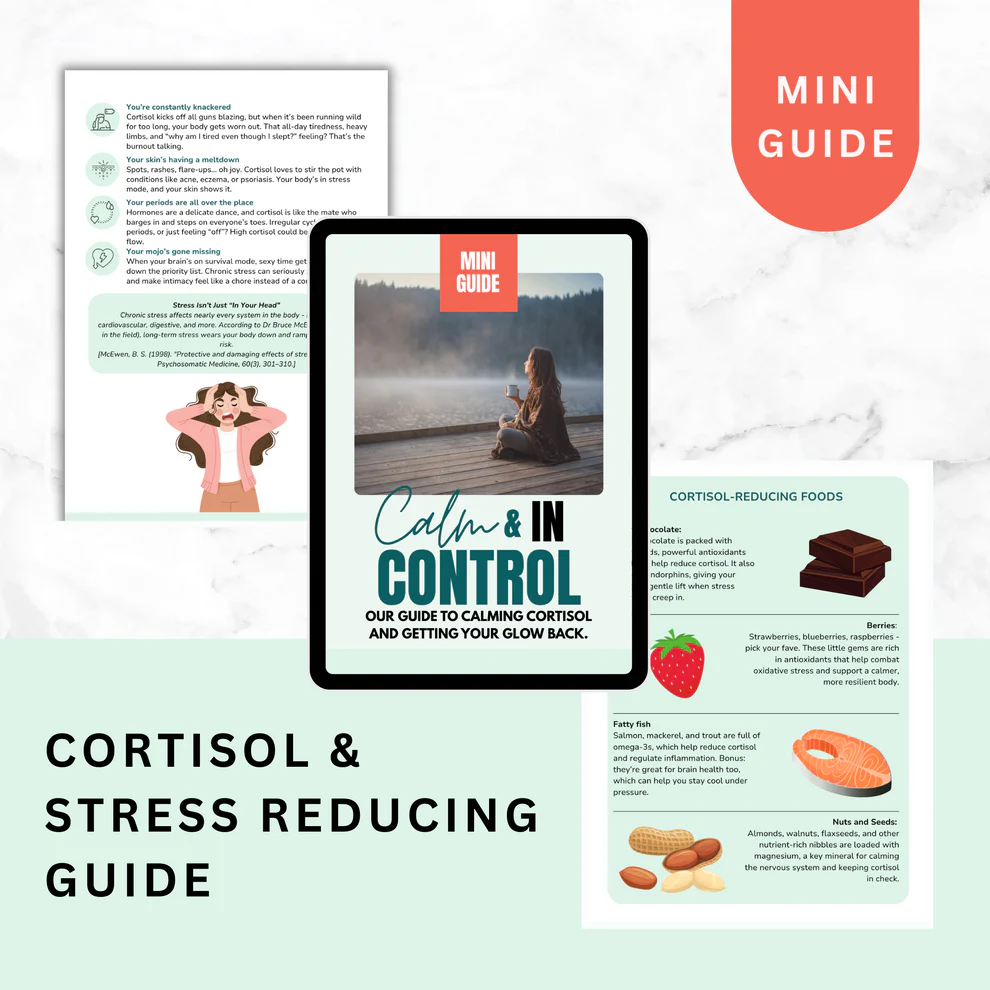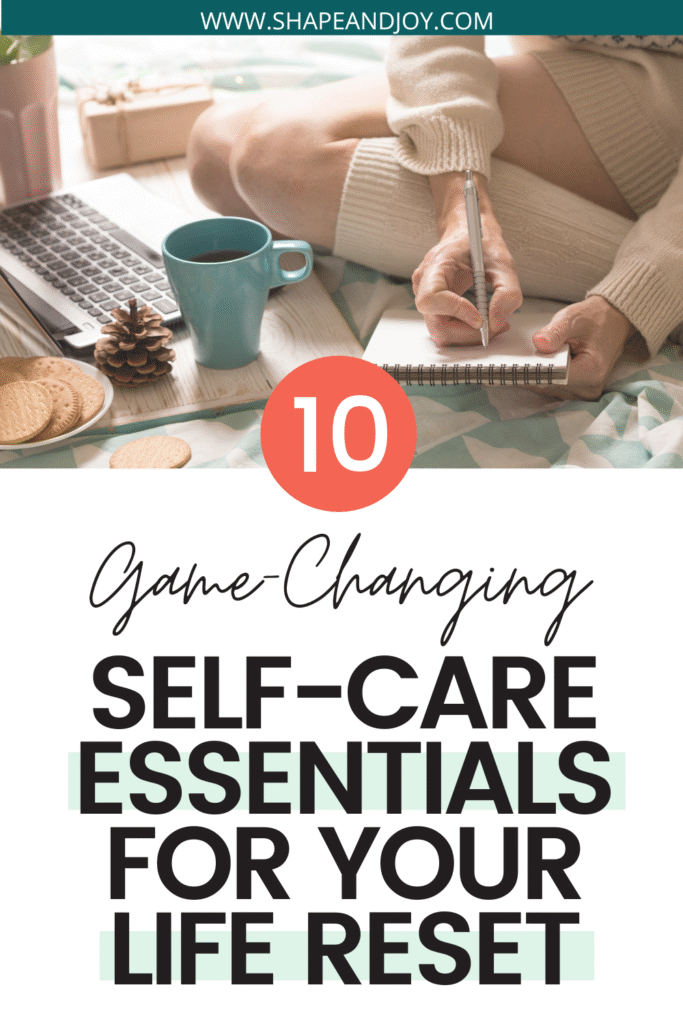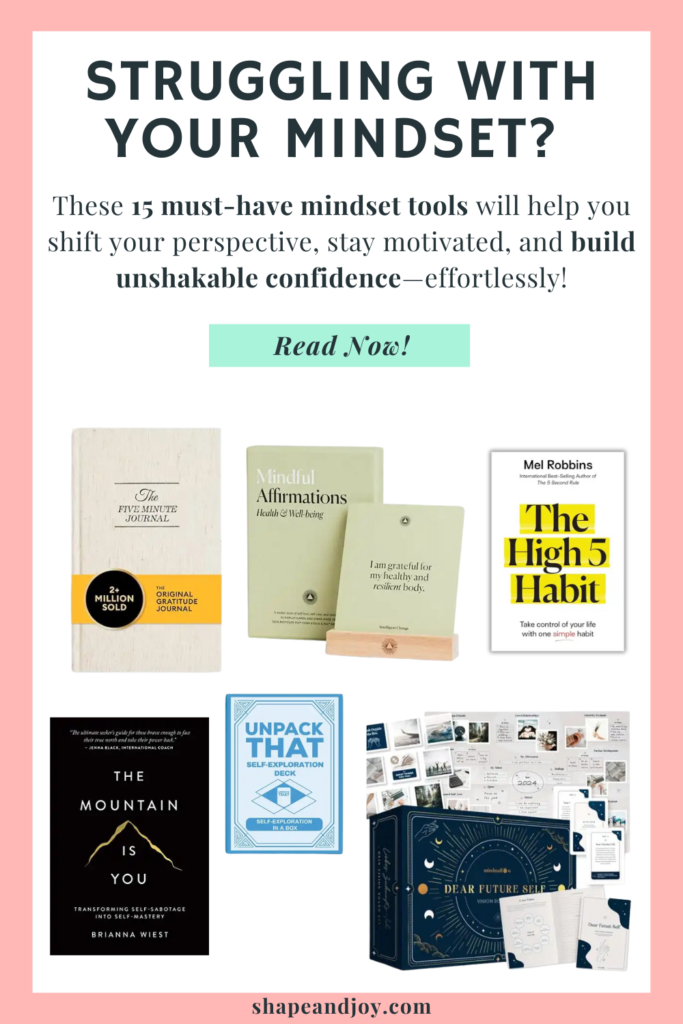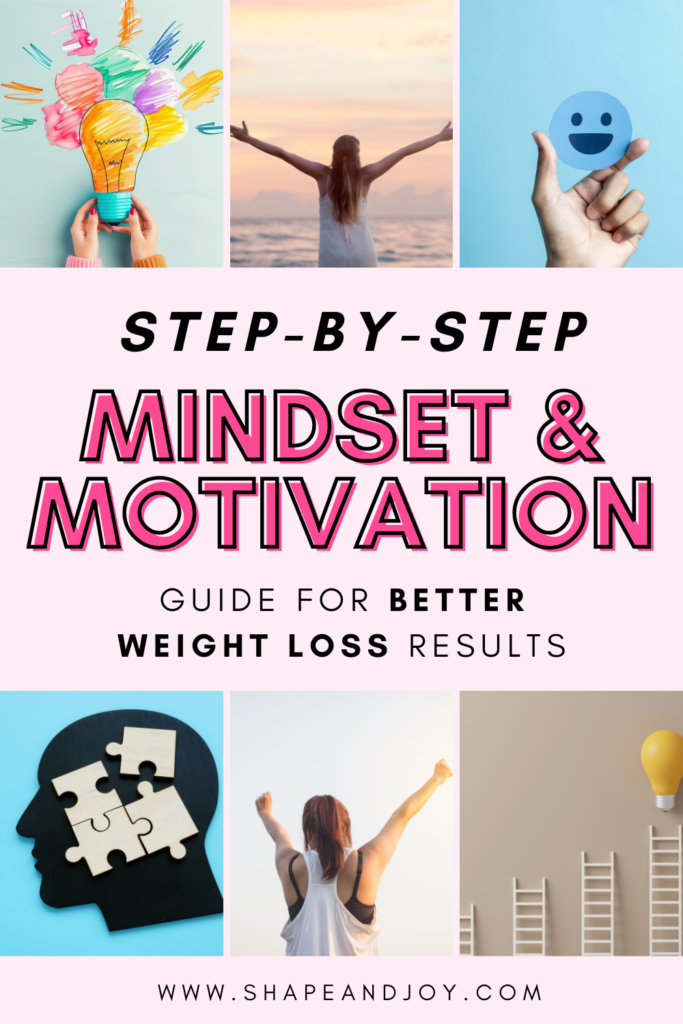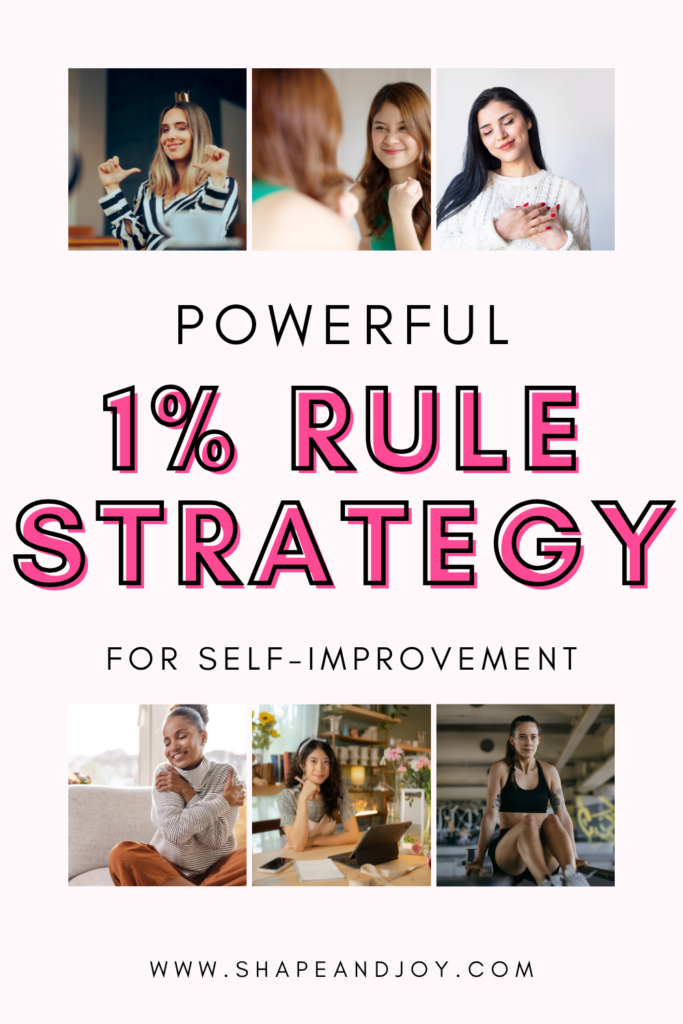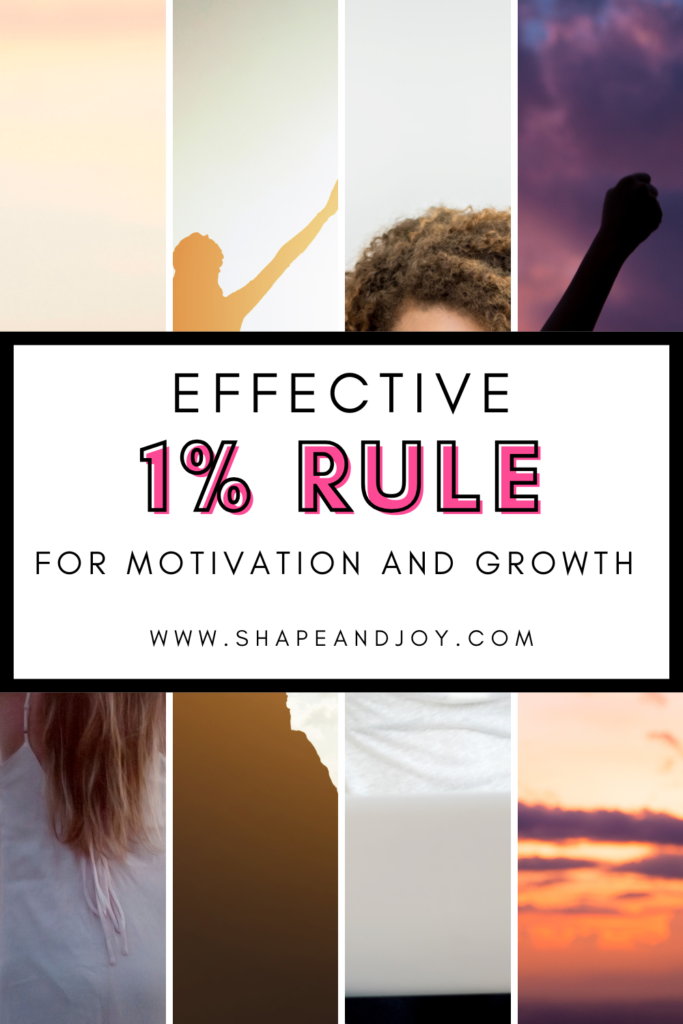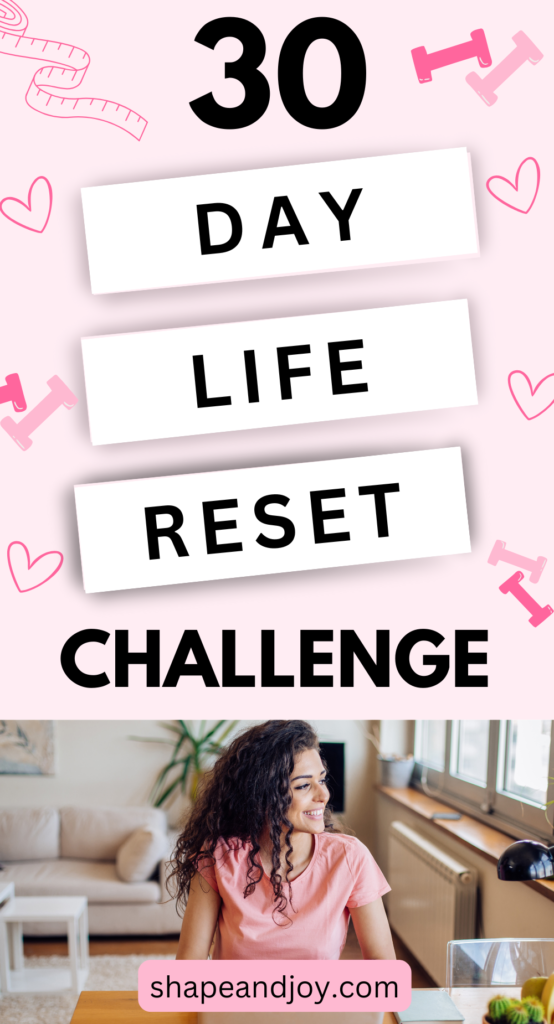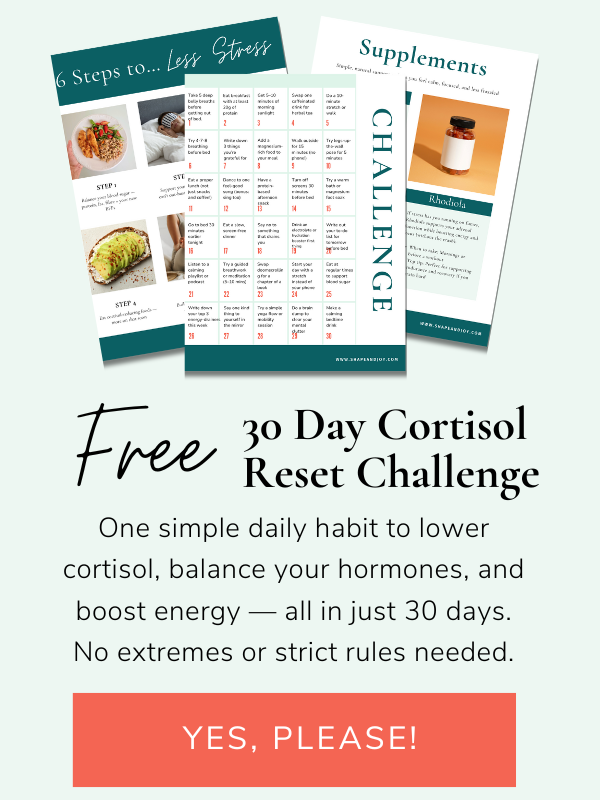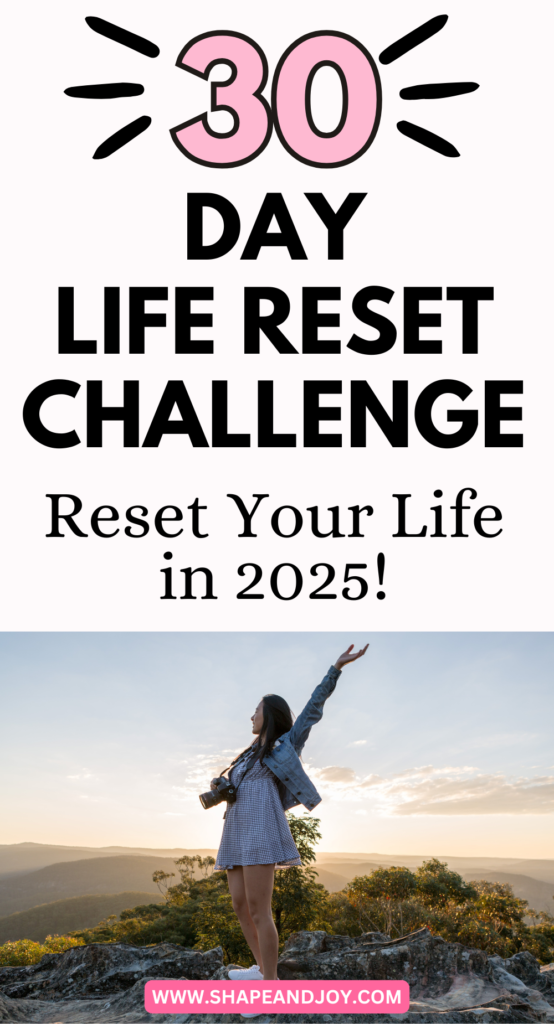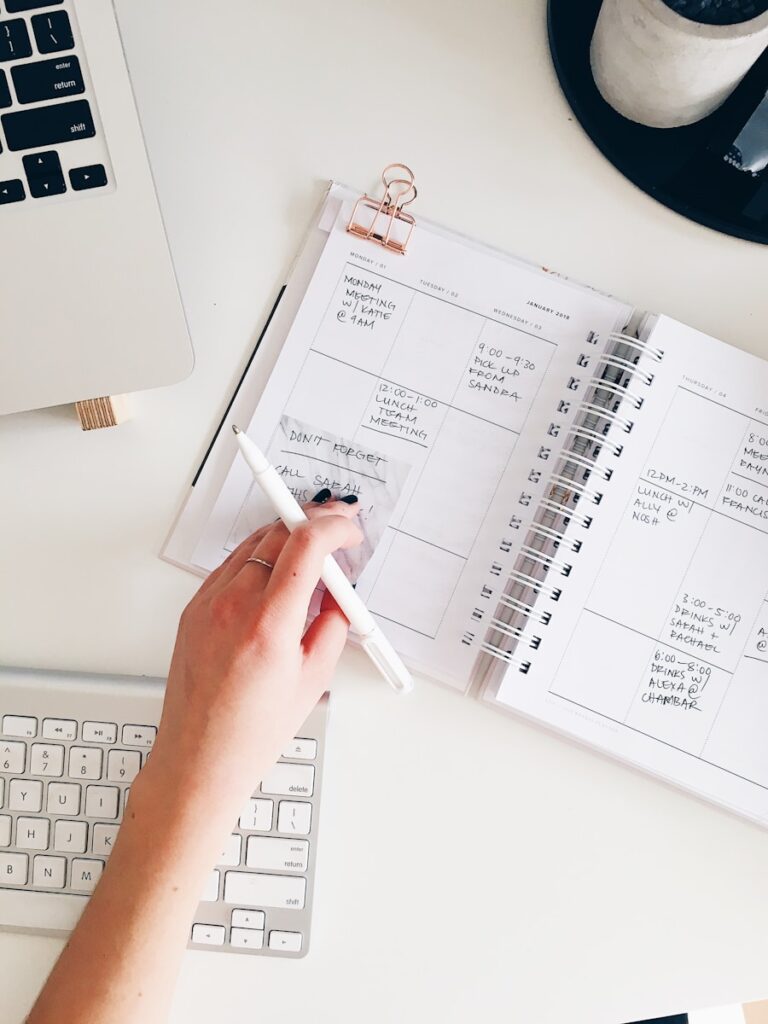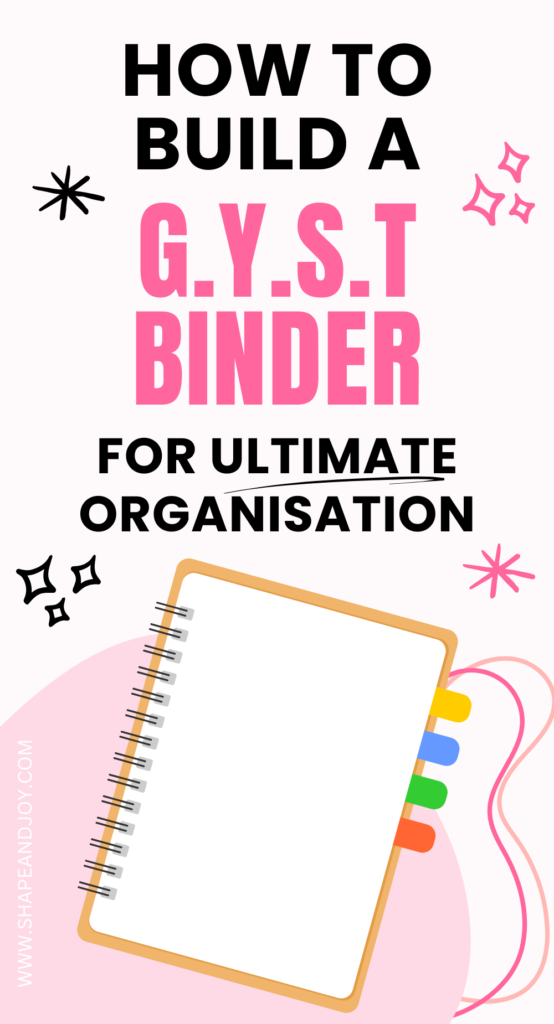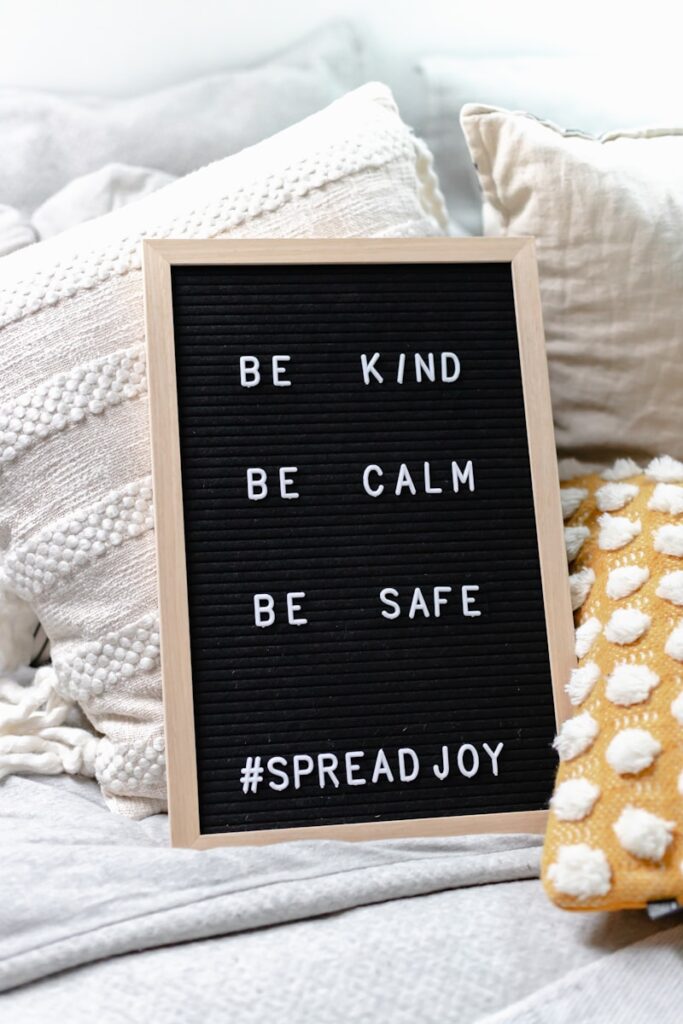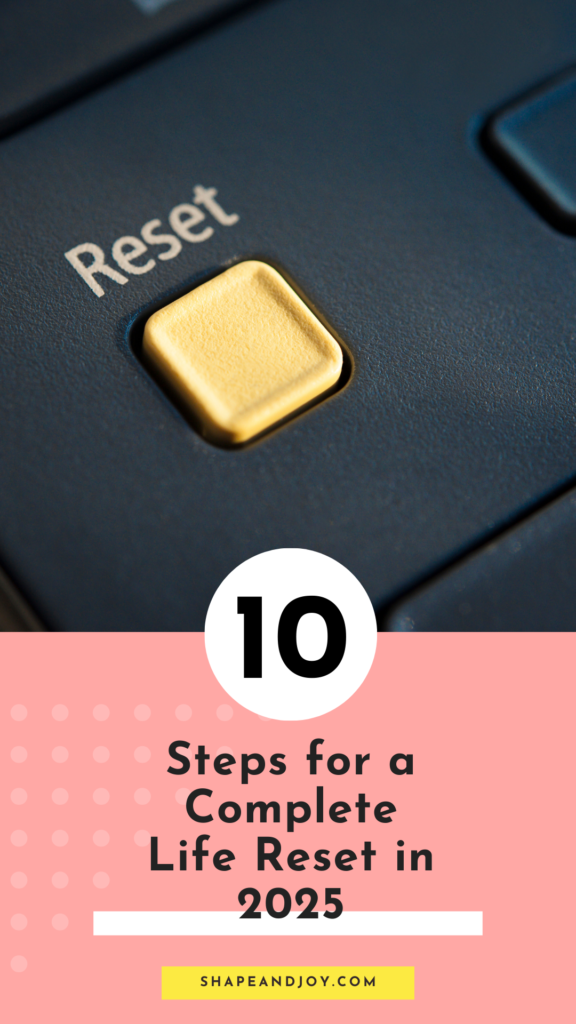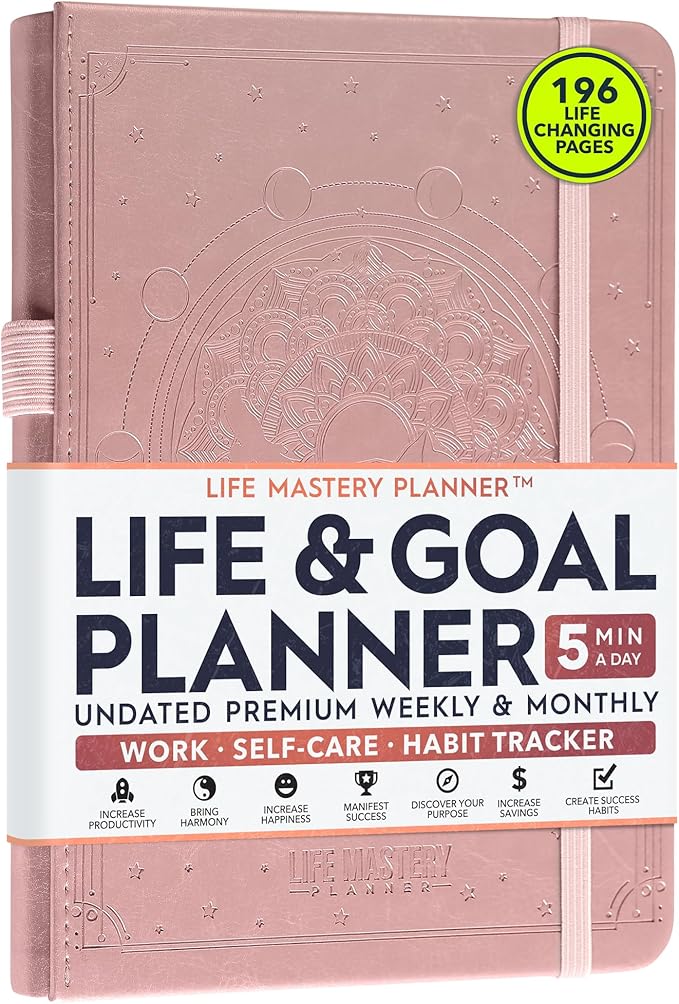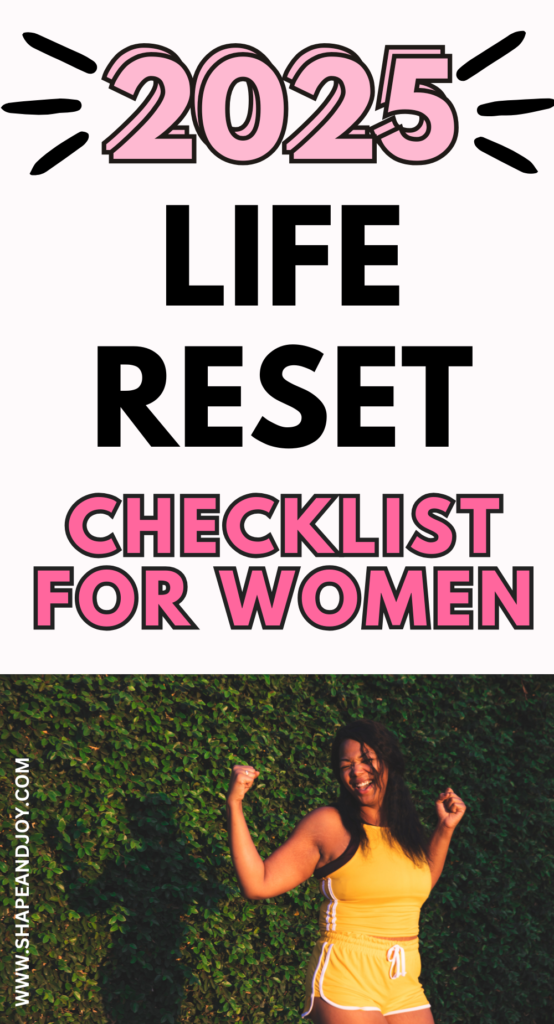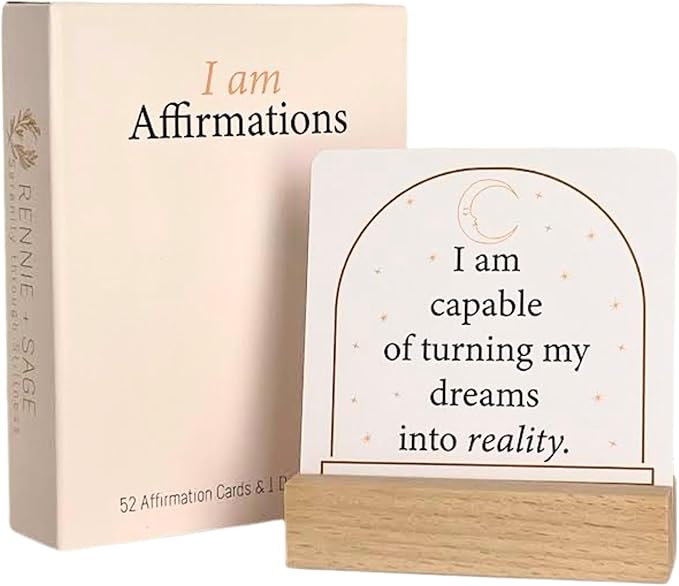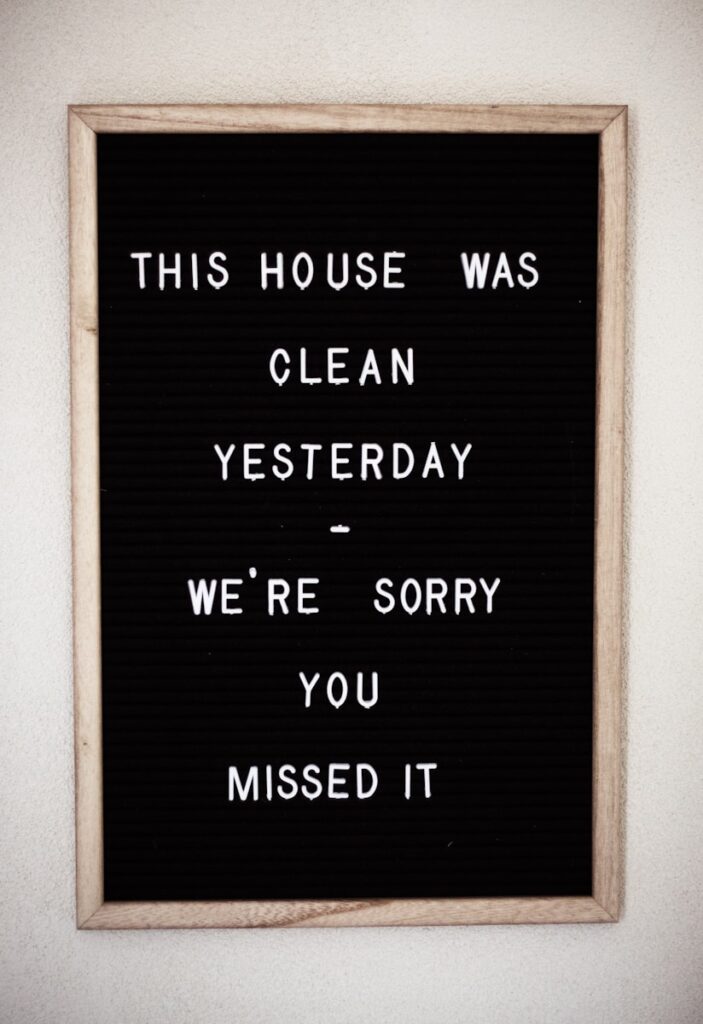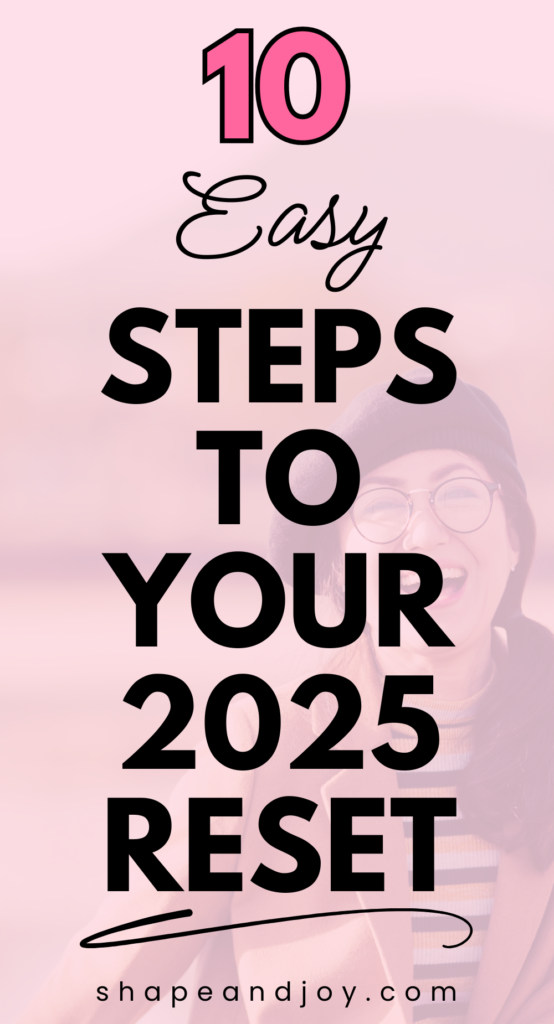Winter ARC Checklist: Your Step-by-Step Routine to Thrive This Season

Does winter always knock you off your game? One minute you’re smashing your health habits, sticking to a routine, and feeling unstoppable. The next, you’re snoozing alarms, skipping workouts, and wondering why your skin looks like it’s been left out in the cold.
The truth is, The Winter Arc has a sneaky way of derailing even the most motivated women.
That’s where a Winter ARC Checklist comes in. Instead of winging it, you’ve got a clear list of daily steps that keep you consistent, energised, and confident, even when it’s grey, freezing, and the temptation to hibernate is real.
Think of it as your personal cheat sheet for thriving in the darker months.
In this post, I’ll share 10 simple actions to add to your Winter Arc List. We’ll cover skincare, journaling, movement, and wellbeing habits that actually stick.
You’ll also see how these steps connect with your wider Winter Arc Plan so that your lifestyle, not just your mood, gets a glow up.
Ready? Let’s make thriving in winter effortless.
1. Morning Hydration + Affirmations
Start your day with a big glass of water (not just coffee) and a few Winter Arc Affirmations.
A little rehydration plus positive self-talk sets the tone for the rest of the day. If you’re lost on where to begin, Journal Prompts for Winter Arc pair perfectly with this habit.
2. Journaling or Journal Prompts
Clear your head with a quick brain dump or reflective writing.
Use a Self Care Bullet Journal to stay accountable. This isn’t about writing essays, it’s about focus and clarity.
3. Skincare Routine for Hydration
Your skin deserves love in The Winter Arc.
Build glowing skincare habits into your Winter Arc Schedule: gentle cleanser, hydrating serum, rich moisturiser, and SPF.
My full Winter Skin Care Guide shows you exactly what products keep dry, irritated skin happy all season.
4. Daily Movement or a Quick Workout
Don’t overcomplicate it. A short Winter Arc Workout Routine, yoga, stretching, a walk, or a 20-minute circuit, beats doing nothing.
Exercise lifts mood, boosts energy, and keeps health habits ticking.
5. Seasonal Nutrition Choices
Winter Health Tips aren’t about restriction, they’re about fuelling well. Think warming soups, colourful veggies, and healthy fats.
This isn’t just good for your body; it’s skincare from the inside out.
📌 Pin this for later! ⬇

6. Midday Sunlight or Fresh Air
Natural light boosts Vitamin D, which is key for mood and energy.
Even ten minutes outdoors can shift your whole afternoon. If you’re struggling with energy dips, check out How To Boost Winter Energy for practical hacks.
7. Digital Breaks for Focus
Scrolling your life away?
Try adding mini digital detoxes to your plan that you’ll want to follow. Step away from screens for 20 minutes and journal, stretch, or simply breathe.
8. Evening Skincare + Glow Ritual
Wind down with Winter Skin Care and calming habits. Double cleanse, moisturise, and use a hydrating mask once or twice a week.
9. Reflection & Gratitude
End your day with a moment of reflection. Make a gratitude list in your Self Care Bullet Journal. These small health habits stack up into big mindset shifts.
10. Consistent Sleep Routine
Sleep isn’t negotiable, it’s the foundation of your Winter Arc Glow Up. Stick to a Winter Arc Schedule that honours rest.
Wind down with affirmations, skincare, and no screens. For more wellbeing hacks, see Winter Wellbeing Tips Every Woman Needs.

How to Build Your Own Winter ARC Plan
This isn’t about perfection, it’s about consistency. Take these 10 actions and adapt them into your lifestyle.
Build a Winter Arc Plan that reflects your needs. Some days you’ll nail all ten, other days just a few.
The point is momentum, not pressure.
To tie it all together, check out The Ultimate Winter ARC Guide: Glow Up, Energise & Stay Consistent This Season. It shows you how this checklist links with your motivation, confidence, and glow up habits across the entire season.
Psst… Feeling Wired, Tired, or Just Not Right?
If you’re ticking off your goals but still feel foggy, frazzled, or like your body’s low-key working against you, it might not be your fault. High cortisol could be running the show behind the scenes.
Enter: Calm & In Control – your no-fluff guide to calming cortisol and getting your glow back.

This mini guide is for you if you’re constantly running on empty, waking up exhausted, or wondering why your mood, sleep, digestion (and sanity) are all over the place, even though you’re trying to do “all the right things.”
Inside, you’ll get real talk on stress hormones, the signs of imbalance, and simple strategies that actually work – no crash diets, toxic hustle, or woo-woo fluff.
It’s basically the stress-support starter pack I wish every woman had.
- Learn what your body’s really trying to tell you
- Fuel it in a way that feels safe and supportive
- Build chill-out routines that actually calm your system
- Spot the red flags before burnout hits full swing
No guilt. No perfection. Just clear, doable steps to help you feel calm, clear, and back in control again.
Because glowing up isn’t just about skincare and smoothies, it’s about feeling safe in your own body.
Read These Next
- Winter Skin Care Guide: Hydrated, Glowing & Protected
- Winter Wellbeing Tips Every Woman Needs
- The Ultimate Winter ARC Guide: Glow Up, Energise & Stay Consistent This Season
Conclusion
A Winter ARC Checklist keeps you grounded, consistent, and thriving through the toughest season.
Start small, track your wins, and remember, tiny steps snowball into big shifts.
Next Steps
“Discipline is choosing what you want most over what you want now.”
Read This Next: Winter Wellbeing Tips Every Woman Needs
📌 Pin this for later! ⬇







